13 April 2025
Finding the perfect neighborhood as a renter can feel overwhelming. With so many options, how do you know you're making the right choice? After all, your neighborhood will directly impact your daily life, from your commute to your weekend plans. Whether you're moving to a new city or just looking for a change, choosing the right neighborhood is just as important as picking the right apartment.
But don’t worry—I’ve got you covered! In this guide, we’ll break down the key factors to consider when searching for a renter-friendly neighborhood. By the end, you’ll have a clear roadmap to help you narrow down your options and find a place that truly feels like home.
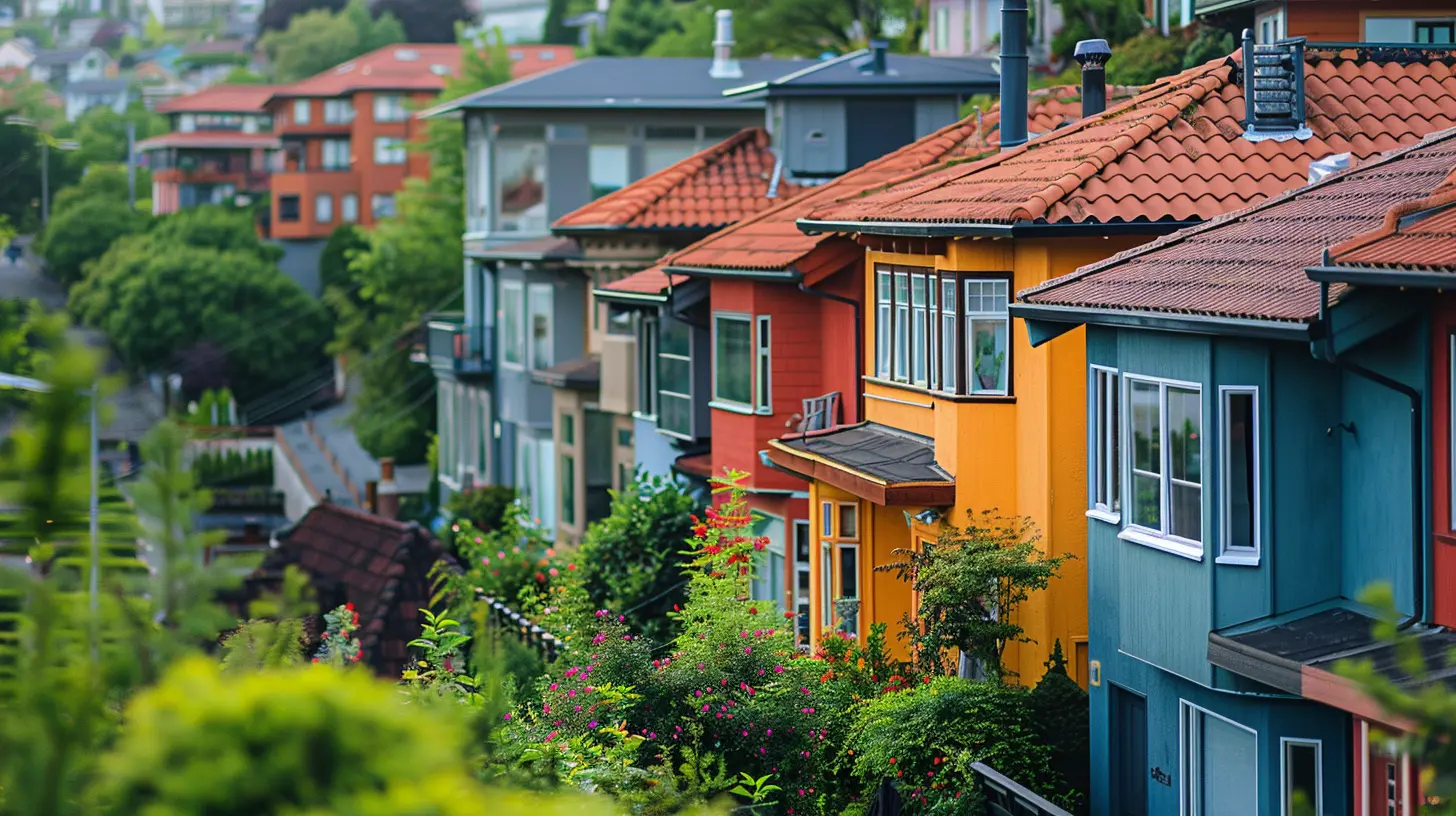
1. Affordability: Staying Within Budget
Let’s be honest—rent is one of the biggest expenses in your budget. Before you fall in love with a neighborhood, take a step back and check if you can realistically afford to live there.Ask yourself:
- What is the average rent in the area?
- Are there hidden costs like parking fees, higher utility rates, or renter’s insurance?
- Does the neighborhood fit within my budget without stretching me too thin?
A good rule of thumb is to keep your rent at or below 30% of your gross income. If a neighborhood exceeds that, you might have to cut back on other expenses—or consider areas with similar perks but lower costs.
Pro Tip: Look for up-and-coming neighborhoods where rent is still affordable but likely to rise. This way, you lock in a good deal before prices skyrocket.
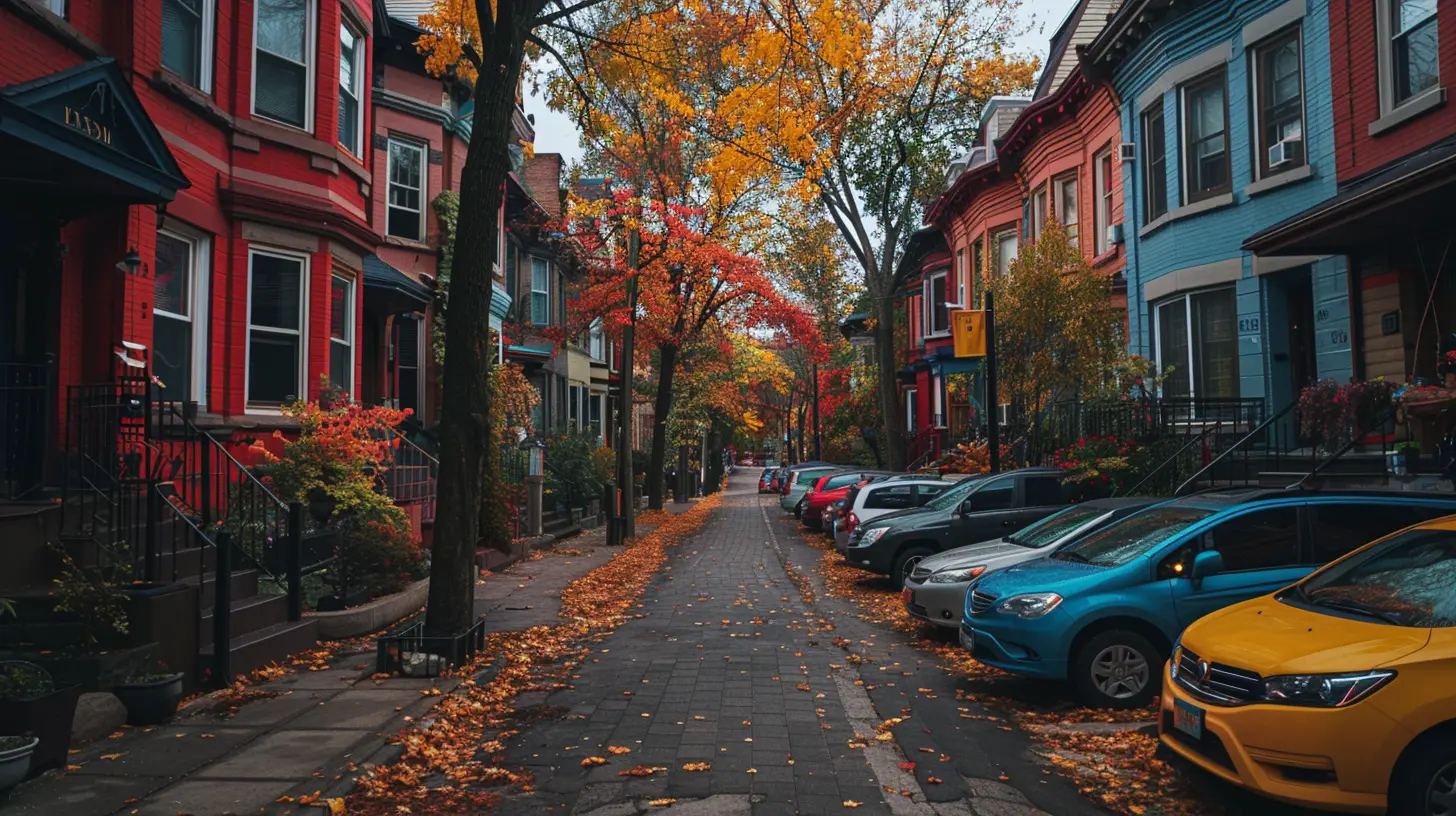
2. Safety: Feeling Secure in Your New Home
No one wants to live in a place where they feel unsafe. Before signing a lease, take some time to research crime rates in the neighborhood.Here’s what to do:
- Check local crime reports using city websites or crime map tools.
- Visit the neighborhood during different times of the day and night.
- Talk to current residents—locals often give the best insight.
If you don’t feel comfortable walking around after dark, that’s a red flag. Safety should always be a top priority when choosing a place to live.
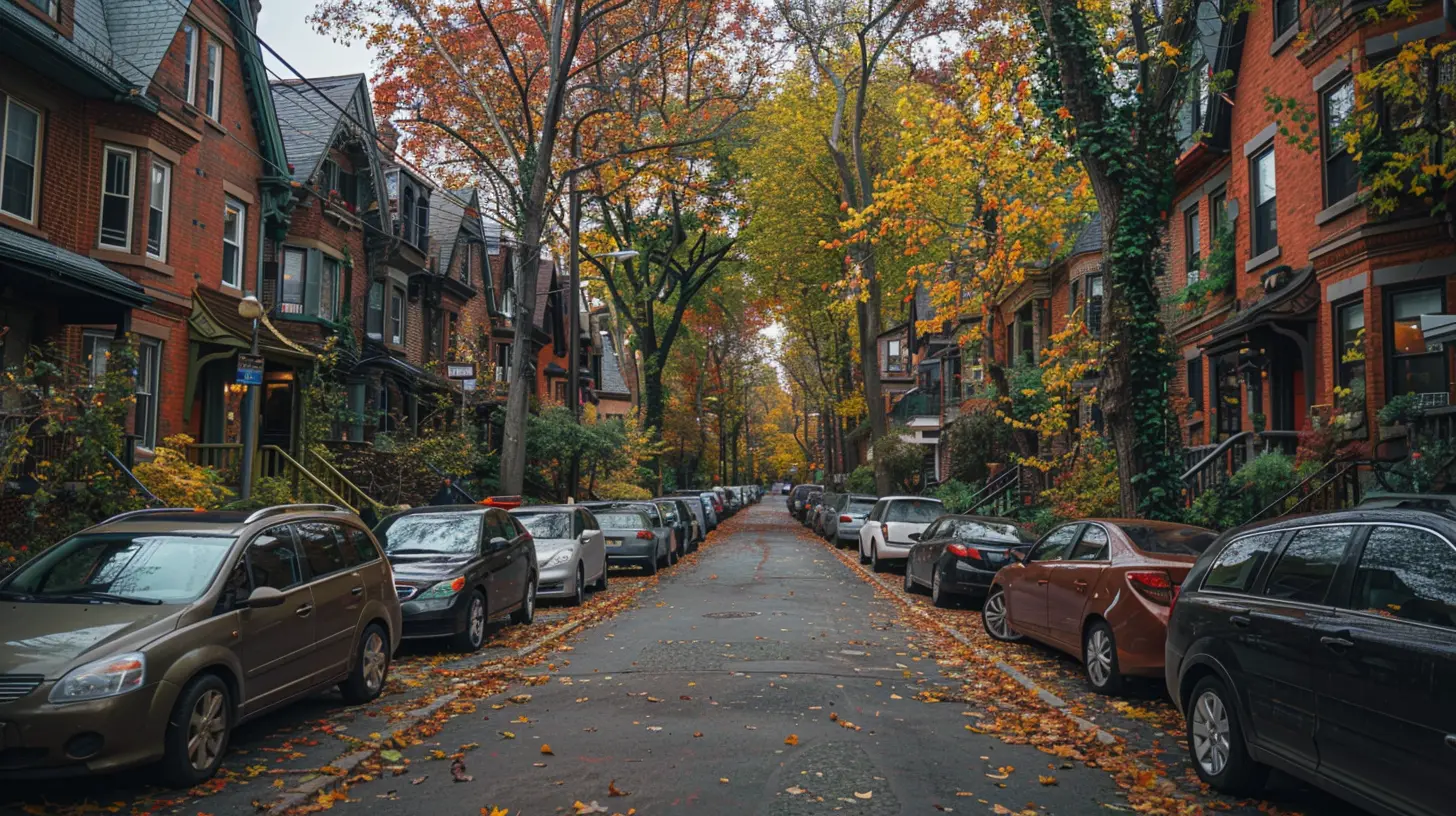
3. Location, Location, Location!
The perfect neighborhood is not just about the apartment itself—it’s about what’s around it. Think about how easily you can access work, entertainment, and other essentials.Key things to consider:
Commute Time
Nobody wants to spend hours stuck in traffic or crammed into a packed subway car. Check:- How far is your workplace or school?
- Are there public transportation options nearby?
- If you drive, will you be dealing with bad traffic or limited parking?
Nearby Amenities
A great neighborhood should have everything you need within a reasonable distance. Look for:- Grocery stores, pharmacies, and shopping centers
- Restaurants, cafes, and entertainment spots
- Parks, gyms, and recreational areas
If a neighborhood has everything within walking distance, that’s a huge plus!
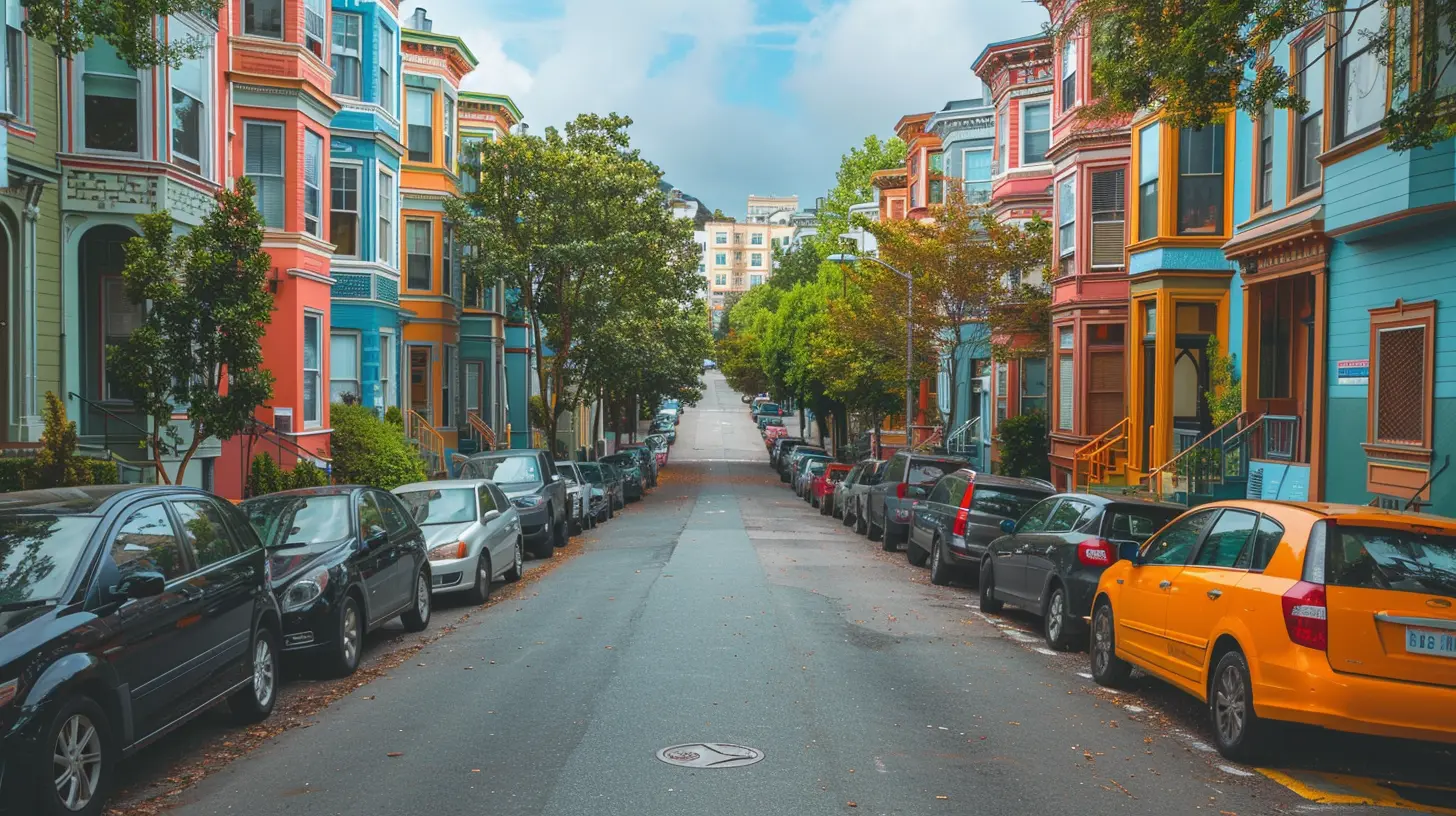
4. Walkability & Public Transportation
Speaking of walking distance—some cities are made for walkers, while others require a car for even the shortest trips. If you don’t want to rely too much on driving, check out the Walk Score of a potential neighborhood.A high Walk Score means you can easily get around on foot, while a low score might mean you’ll need a car or reliable public transportation.
If you don’t own a vehicle, check:
- Bus and subway routes nearby
- Rideshare and bike-sharing options
- Traffic conditions if you plan to drive frequently
Living in a walkable neighborhood can save you money on transportation and make everyday errands much more convenient.
5. Neighborhood Vibes: Does It Match Your Lifestyle?
Every neighborhood has its own personality. Some are quiet and family-friendly, while others are vibrant and full of nightlife. Think about what suits your lifestyle best.Ask yourself:
- Do I prefer a calm, residential area or a lively, urban environment?- Are there community events, farmers' markets, or live music spots?
- Is it a neighborhood where I’ll enjoy spending time?
If possible, spend time in the area before committing. Grab coffee at a local shop, take a walk, and get a feel for the community. It’s the best way to know if it’s right for you.
6. Schools & Family-Friendliness (Even If You Don’t Have Kids)
A neighborhood’s school district might not seem relevant if you don’t have children, but it can still affect you in several ways.- Higher Resale Value: Even if you’re renting now, buying a home in the future might be an option. Good school districts typically have higher property values.
- Lower Crime Rates: Areas with quality schools often have lower crime rates, making them safer overall.
- Peace & Quiet: Family-friendly areas tend to have less noise and rowdiness than party-heavy neighborhoods.
So even if kids aren’t in your plans, a good school district can still add value to your living experience.
7. Rental Market & Availability
Some neighborhoods have a high demand for rentals, while others have more availability. If you’re moving to a competitive area, be ready to act fast when you find a great place.How to gauge rental market trends:
- Search for listings online to get a sense of availability.- Check if rent prices have been increasing—this could indicate rising demand.
- Ask landlords about lease flexibility and renewal options.
If your top-choice neighborhood is competitive, having a strong rental application (good credit score, references, and proof of income) can help you secure a place quickly.
8. Pet-Friendliness: A Must for Pet Owners
If you have a furry friend, you’ll need to find a pet-friendly neighborhood. Not only should your building allow pets, but the area itself should also be accommodating.Consider:
- Nearby parks or green spaces for walks
- Pet-friendly cafes, grooming salons, and vet clinics
- Potential breed or size restrictions in rental buildings
The last thing you want is to move into a place where your furry companion isn’t welcome!
9. Local Community & Social Scene
A great neighborhood is more than just buildings—it’s about the people. Some communities are tight-knit, while others are more individualistic. Depending on your personality, you may want a neighborhood with lots of social opportunities.Check if there are:
- Local events and community gatherings
- Social groups, clubs, or co-working spaces
- A friendly vibe where neighbors actually talk to each other
Feeling connected to your neighborhood can make your living experience much more enjoyable.
10. Future Growth & Development
Lastly, think ahead. Some neighborhoods are growing, while others might be declining. A neighborhood with new businesses, infrastructure projects, or improved public services can be a great long-term investment.Look for signs of growth like:
- New restaurants, shops, and entertainment venues opening up
- Infrastructure improvements (better roads, transit expansions, etc.)
- An increasing number of young professionals or families moving in
Picking a neighborhood that’s on the rise means you’ll enjoy the perks before the prices go up!
Final Thoughts
Choosing the best neighborhood as a renter is about more than just finding a nice apartment—it’s about finding a place where you feel comfortable, safe, and happy. By considering factors like affordability, safety, location, and neighborhood vibes, you can make a well-informed decision that suits your lifestyle.Remember, there’s no "perfect" neighborhood—only the one that’s perfect for you. Take your time, do your research, and trust your instincts. Happy house hunting!

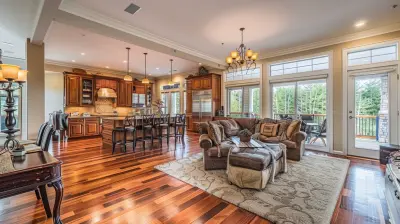


Maddison McMahon
Great insights! This article highlights essential factors for renters seeking the perfect neighborhood. From safety to local amenities, it’s crucial to find a place that feels like home. I especially love the tips on balancing budget and lifestyle—these will definitely help newcomers make informed decisions. Happy renting, everyone!
April 15, 2025 at 6:55 PM